History Detective
Jr. Member
- Joined
- Aug 30, 2010
- Messages
- 75
- Reaction score
- 11
- Golden Thread
- 0
- Location
- East Texas
- Detector(s) used
- Garrett Ace 250
- Primary Interest:
- All Treasure Hunting
Hi,
Can anyone please help identify this large, I am guessing stone knife? I found it on private property w/ the owners permission in San Marcos, Texas a while back but have always wondered if it had a classification name also approximate age.
Thanks in advance!
Can anyone please help identify this large, I am guessing stone knife? I found it on private property w/ the owners permission in San Marcos, Texas a while back but have always wondered if it had a classification name also approximate age.
Thanks in advance!
Attachments
Upvote
0

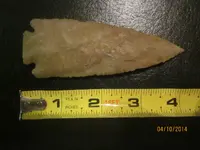
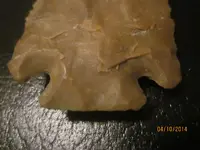
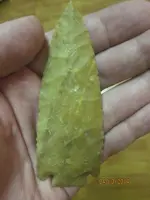
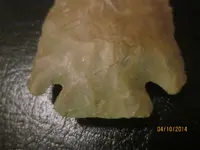
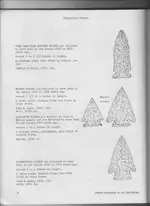
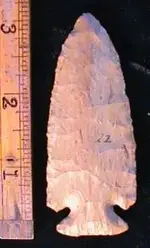
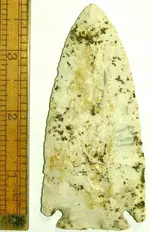

 I found two other points the same day in the same yard one of which I believe is a Triangle Point but now that you guys got me thinking the other point almost looks like a smaller version of the larger point in question....if this maybe helps...to put things in context or reference...see photos...
I found two other points the same day in the same yard one of which I believe is a Triangle Point but now that you guys got me thinking the other point almost looks like a smaller version of the larger point in question....if this maybe helps...to put things in context or reference...see photos...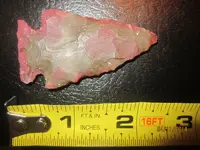
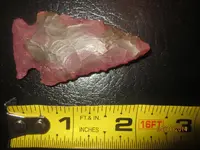

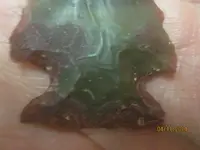
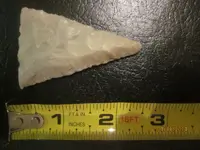
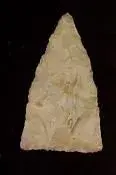
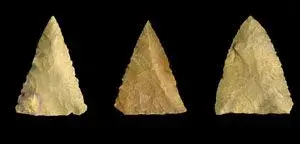
 It matches the angle of the notches and the base. I thought Williams till I looked it up then saw the notches on Marco's. Also welcome to T-net. Glad you joined us.
It matches the angle of the notches and the base. I thought Williams till I looked it up then saw the notches on Marco's. Also welcome to T-net. Glad you joined us.